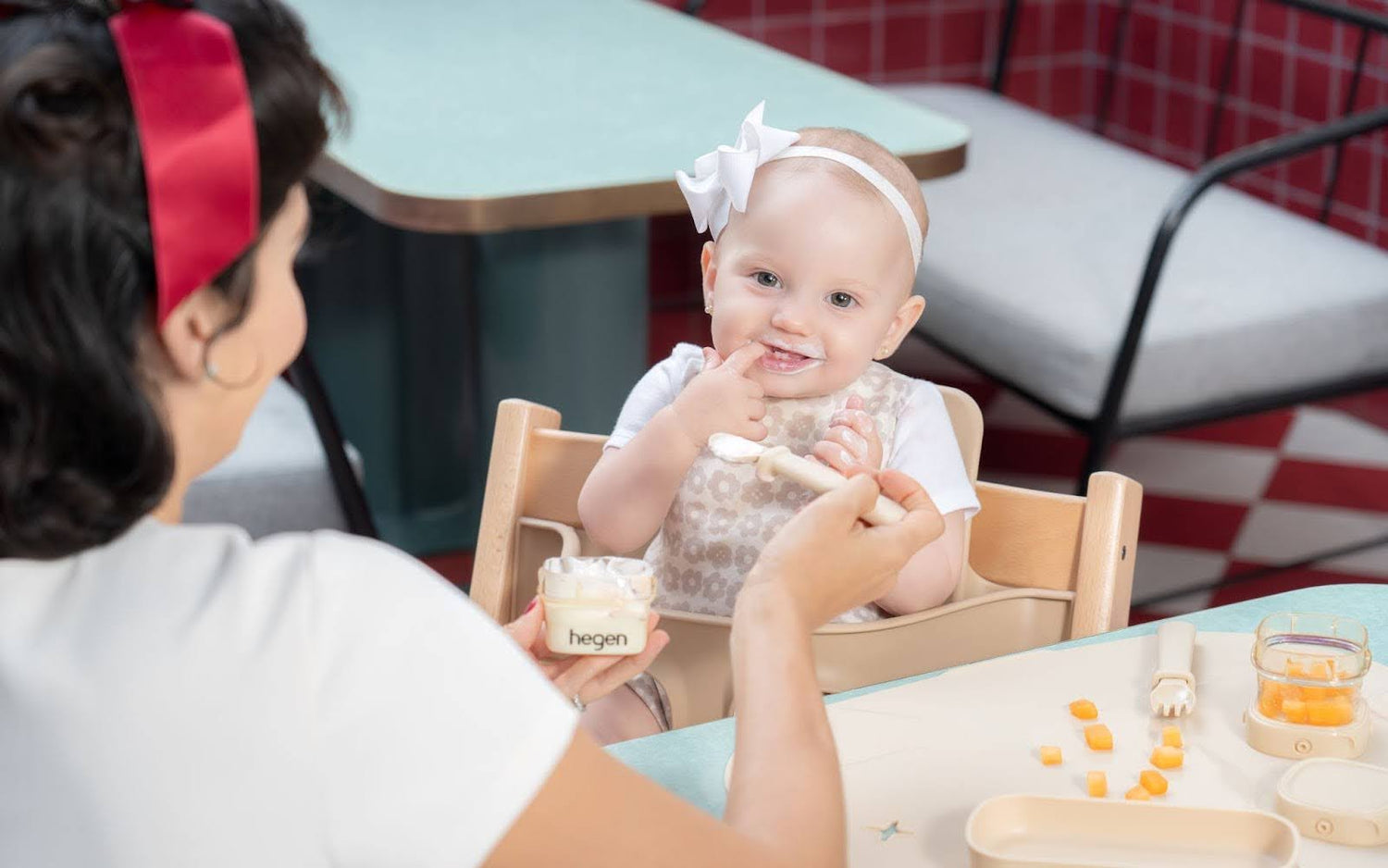For many parents, the dinner table can feel more like a battlefield. You spend time preparing a healthy meal, only for it to be met with a tightly sealed mouth or a firm "no." If mealtime with your kids has become a source of stress in your home, you are not alone. Dealing with fussy eaters is one of the most common challenges of parenthood, especially during the toddler years.
The good news is that this phase doesn't last forever. By understanding why picky eating happens and responding with calm, consistent strategies, you can turn mealtimes around and help your child build a happy, healthy relationship with food.
What is Fussy Eating?
Fussy eating often includes behaviours like rejecting certain textures, refusing to try unfamiliar foods, or sticking to a very limited range of “safe” foods. While it can feel frustrating, it’s important to remember that some level of pickiness is a normal part of childhood development.
Many toddlers, for example, go through phases where their appetite changes, their food preferences shift, or they seem to lose interest in variety altogether. In most cases, this is temporary and part of their growing independence. The key is recognising when it’s simply a passing phase and when it might be a sign of more persistent eating difficulties that need extra attention.
The Causes of Fussy Eating
Understanding why your child is refusing to eat their food is the first step to helping them. Common causes of picky eating include:
- Natural neophobia: Many children go through a stage of fearing new foods, especially between 18 months and 3 years old.
- Sensory sensitivities: Some children dislike certain textures, temperatures, or smells.
- Desire for autonomy: Saying “no” at the dinner table is one way toddlers exert control.
- Parental pressure or stress: High-pressure mealtimes can make kids resist eating even more.
- Past experiences: Illness, choking, or being force-fed can create lasting food aversions.
Once you understand the root cause, you can respond with empathy and a targeted approach rather than frustration.
The 5 Gentle Strategies for Happier Kids’ Mealtimes
The goal isn’t simply to get your child to eat—it’s to create positive opportunities for them to learn about food and develop healthy habits. These five gentle strategies can make mealtimes calmer, happier, and more enjoyable for everyone.
1. Create a Positive Mealtime Environment
Keep mealtimes relaxed and inviting. Switch off the TV and other screens, sit together, and use the time to connect as a family. Involving your child in simple prep tasks, like washing vegetables or setting the table, can also help them feel included and excited about mealtime.
2. Introduce New Foods Slowly and Without Pressure
Avoid overwhelming your child with a plate full of unfamiliar items. Offer a small tasting portion of a new food alongside a familiar “safe” food they already enjoy. It can take 10–15 exposures before a child accepts something new, so persistence without pressure is key.
The Hegen Divided Suction Plate, with its well-sized compartments, makes it easy to keep foods separate while perfectly accommodating spoon tips. Its secure suction base keeps the plate steady, so your little one can explore self-feeding with confidence and less mess.
3. Model Healthy Eating Habits
Children learn more from what you do than what you say. Let them see you eating and enjoying a variety of foods, especially if you’re wondering how to get your child to eat vegetables. Eating your meal calmly and happily sends a powerful message that food is something to be enjoyed, not battled over.
4. Encourage Self-Feeding
Allowing your toddler to feed themselves gives them the sense of control they crave. Yes, it will be messy, and that's okay! Using their hands to explore food is an important part of learning about different textures.
5. Set Realistic Expectations
Avoid forcing, shaming, or punishing your child over food. Strict rules and constant scolding can turn eating into a power struggle and foster negative associations. Trust that your child knows when they’re full and respect their signals. This will help them to build a healthy relationship with food in the long run.
Supporting Your Child’s Growth with Hegen

The right feeding products can make your kids’ mealtime a more enjoyable one, especially when encouraging fussy eaters to try new foods and build healthy habits. Hegen’s baby feeding sets are thoughtfully crafted to make mealtimes smoother for both parents and children, with designs that grow alongside your child’s needs with benefits like:
- Encouraging self-feeding: The ergonomic grips of Hegen’s kids’ cutlery sets help little hands gain confidence and control.
- Supporting portion control and food variety: Modular containers make it easy to serve balanced meals in just the right amounts.
- Minimising stress at mealtimes: Easy-to-clean, BPA-free materials keep preparation and clean-up fuss-free.
Explore Hegen’s collection of feeding essentials, from suction plates and bowls, to cutleries and mealtime starter kits. Whether you’re introducing a colourful new vegetable or storing leftovers for the next meal, Hegen’s designs are made to adapt—making every stage of your child’s feeding journey feel easier, smoother, and a lot more joyful.





